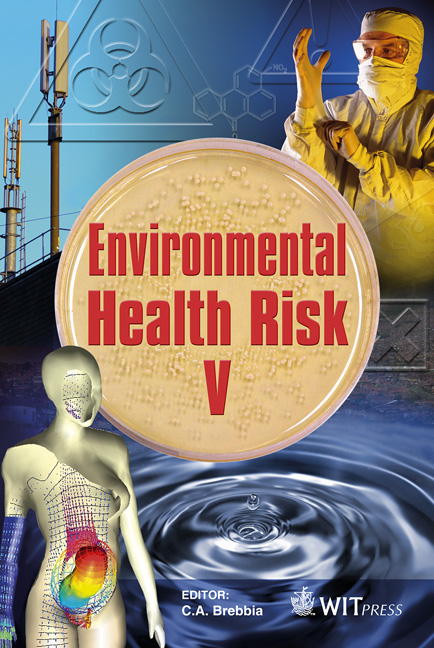Size Distribution And Elemental Composition Of Ultrafine And Nanoparticles
Price
Free (open access)
Transaction
Volume
14
Pages
8
Page Range
47 - 54
Published
2009
Size
2,845 kb
Paper DOI
10.2495/EHR090051
Copyright
WIT Press
Author(s)
D. Bertolatti & K. Rumchev
Abstract
A large body of epidemiological research has found an association between increased particulate air pollution and acute and chronic respiratory symptoms. One area of aerosol science that is currently of much interest, and is the focus of this article, is the formation of particles by combustion. Our major concern is with so-called \“nanoparticles” (diameter less than 50 nm), which can be formed, for example, from diesel engine and can be associated with health effects. One of the objectives of this pilot study was to characterize the NanoMoudi Model 125B which a second generation micro-orifice uniform deposit impactor. This new equipment is designed for sampling atmospheric aerosols and also for diesel emission monitoring and analysis. As part of this study the concentrations of particles with different size including PM10, PM2.5, and PM1.0 were also measured at different locations away from busy road within Perth metropolitan area using TSI DustTrak™ 8520 Aerosol Particulate Monitor and TSI P-Trak® 8525 Ultrafine Particle Counter. The results of the study showed that the NanoMoudi could be used to successfully collect and analyze fine and ultrafine particles including diesel particulates. Further to this, people who lived closer to busy roads were more likely to be exposed to higher concentrations of ultrafine particles which could be associated with adverse health effects. Keywords: ultrafine particles, diesel particles, NanoMoudi.
Keywords
ultrafine particles, diesel particles, NanoMoudi





